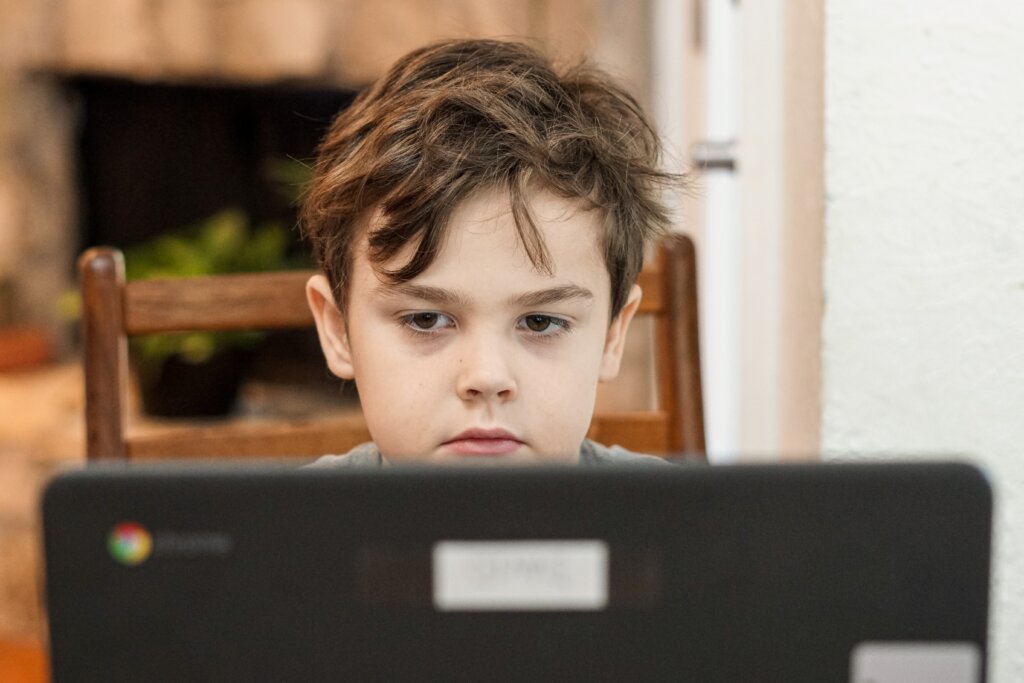One of the best parts about going online is learning new things.
But did you know that not everything online is true?
Why is some information unreliable?
Sometimes people put information online that might be unreliable, fake or wrong.
False information can end up online by mistake, somebody might be trying to be funny or it could be meant to trick people.
Examples of things you can’t trust
Some things online are trying to trick you so that you give them money or personal information.
Can you spot what’s happening here?

When people share things online, they want them to be seen. One way they try to get more views is with exciting titles or pictures. This can be called ‘clickbait’. Clickbait is when the title or pictures you want to click on seem a lot more exciting, crazy or interesting than the information you see after you click on them.
Look at how these examples try to get your attention:
CRAZY CAT VIDEO – YOU HAVE TO SEE THIS!
AMAZING new dance trend that EVERYONE is talking about!
Just because you’ve seen a photo or picture online, doesn’t mean it’s real. Picture can be edited (changed) or faked using technology like ‘Photoshop’.
Can you spot what editing has been done here?




Facts and information can change over time. When new things are discovered or created, some information online may become out of date.
Sometimes people share things online that look like they are true but are actually jokes or supposed to be funny.
Can you spot when this was posted online?

Don’t worry – not everything is fake or made-up! There’s some easy things you can do to help make sure you can trust what you have found.
Top Tips
- Look for the clues. Seem too good to be true? Looks weird? Doesn’t make sense? There are often clues when we can’t trust something online, so stay alert and look closely to see if things match up.
- Check more than one source. It’s always a good idea to check in lots of places when you’re trying to find information. If you see something and you’re not sure if it’s true, search online and see if you can find it on other websites, especially sites that are normally reliable.
- Ask an adult for help. If you’re still stuck, then you can always ask an adult you know and trust for help. Someone at home or a teacher at school can help you find out what’s true and what’s not.
